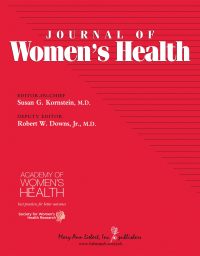
Background: Since the National Institutes of Health (NIH) Revitalization Act of 1993, focus on the equitable inclusion of women in clinical research has been ongoing. NIH’s 2015 sex as a biological variable (SABV) policy aims to transform research design, analysis, and reporting in the preclinical sphere by including male and female organisms in vertebrate animal research as well as human studies. However, questions remain regarding how researchers and members of research oversight committees perceive the value and need of the SABV policy.
Materials and Methods: Based on 62 interviews with animal researchers and oversight personnel, we analyze what the animal research community knows about the policy and sees as the benefits and challenges of implementation.
Results: We found that the 62 interviewees disagreed about the need for the policy, with some being supportive and others questioning whether the policy is based on science or is politically motivated. There were also tensions in how interviewees conceptualized the challenges to and resources needed for implementing the SABV policy. For instance, while some thought implementation would require a significant increase in numbers of animals used for each study, others explicitly rejected this claim.
Conclusions: We conclude by discussing the practical and social implications of our findings about the views of members of the animal research community regarding the SABV policy.
